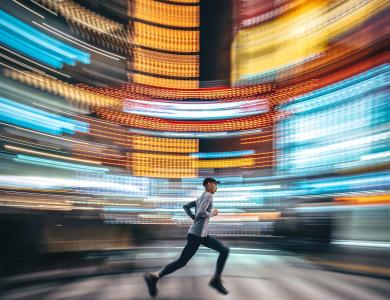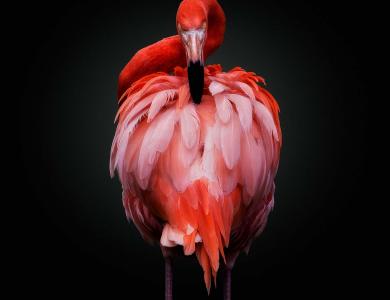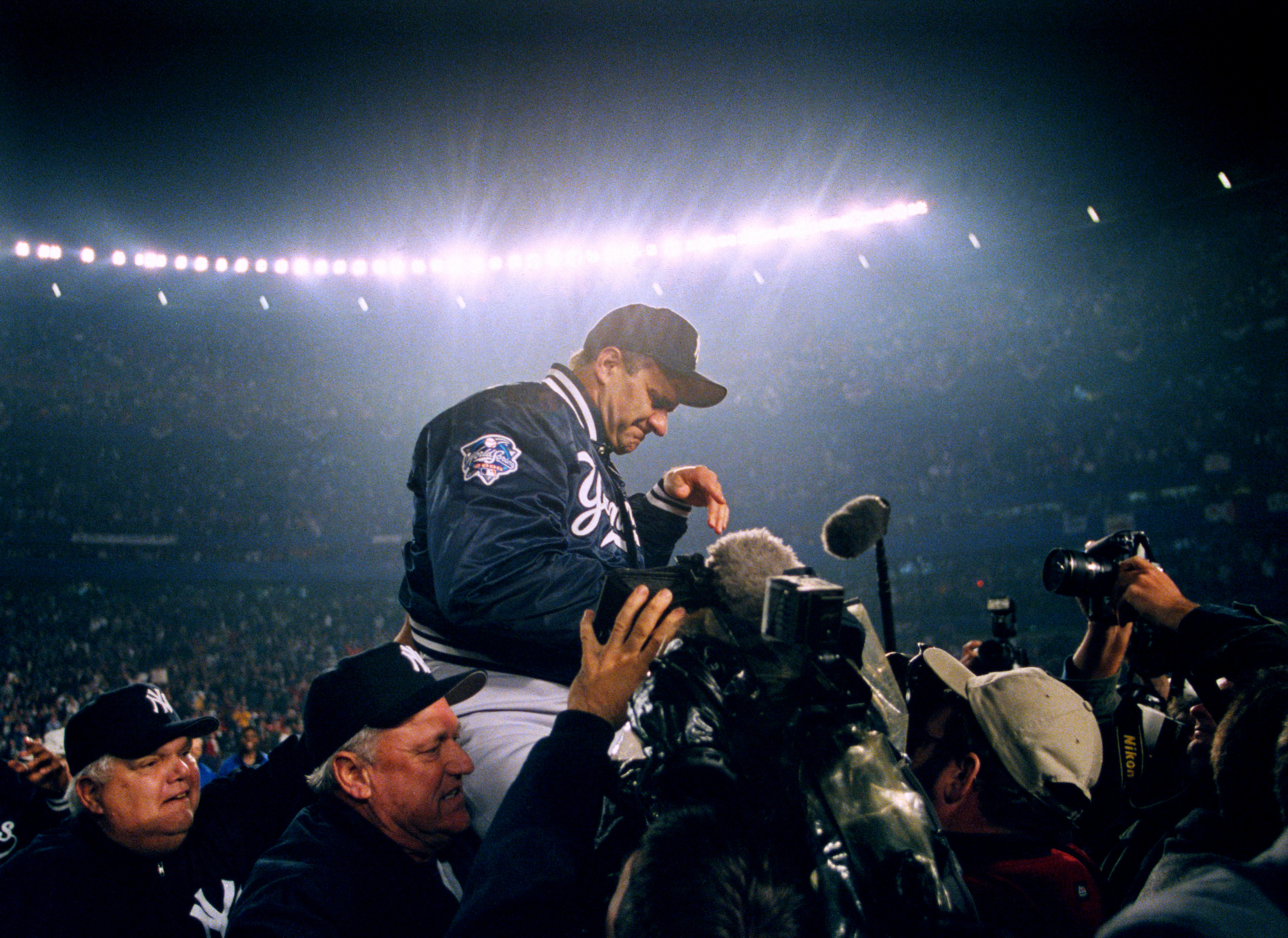
Brad Mangin is a freelance sports photographer based in the San Francisco Bay Area, where he has been photographing Major League Baseball for Sports Illustrated and Major League Baseball Photos since 1987. Mangin is a member of PhotoShelter, the leader in portfolio websites, photo sales, marketing and archiving tools for photographers.
His work experience has ranged from being a staff photographer at the Contra Costa Times, freelancing for the Associated Press and shooting sports trading cards for the Upper Deck Company. His career highlight was working for legendary sports photographer Neil Leifer as the Bay Area staff photographer at The National Sports Daily in 1990.
Since becoming a full-time freelance photographer in 1993, he has photographed everything from the 1996 Summer Olympic Games in Atlanta to the Chicago Cubs World Series win in Cleveland in 2016. In between, he has covered a number of Super Bowls, PGA TOUR events, All Star games, playoff games, and 20 World Series all over the United States.
Since 2011, Mangin has published four books, all showcasing his baseball photographs. 'Worth the Wait' documented the San Francisco Giants 2010 World Series season. 'Never. Say. Die' chronicled the Giants 2012 championship year and 'Championship Blood' told the story of the Giants 2014 title campaign. Mangin’s fourth book is 'Instant Baseball: The Baseball Instagrams of Brad Mangin.' This book shows the 2012 MLB season from Spring Training beginning in February through to the World Series in October – all shot using Instagram through the lens of his iPhone.
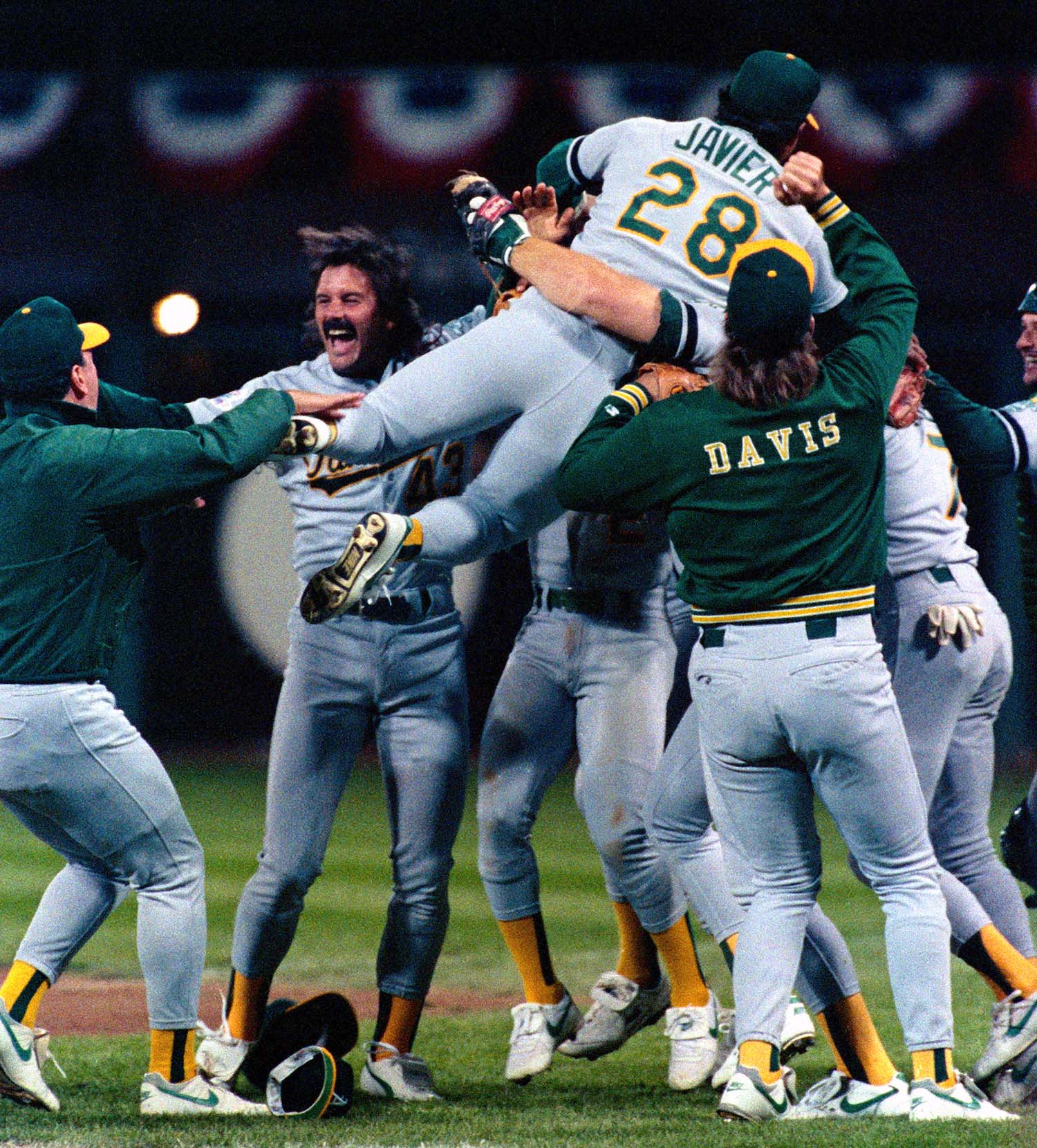
How did you become a sports photographer?
I started my career as a newspaper photographer in 1987. When you work at a newspaper you have the incredible opportunity to shoot everything, including sports. When I was a new staff photographer, I paid my dues by shooting lots and lots of high school and little league games, along with normal news feature assignments. I grew up a sports fan. My dad played college basketball and was a high school basketball coach for 32 years. My entire childhood revolved around spending time with my dad watching ball games on television and in person. Being able to combine my loves of sports and photography has been a dream job.

You have been photographing the Major League Baseball since 1987, what makes it so special as a photographer?
Many photographers hate shooting baseball. I always feel bad for these people because if you don’t like the game and think it’s slow and boring it can be a real nightmare to photograph. Because I grew up a huge fan of the game and played Little League, etc. I never thought the game was slow or boring. It’s true that you can sit at a three hour game in a photo position and nothing happens, but that makes it so challenging. There are so many variables that go into each and every baseball game that photographers can look at before they shoot that makes it all so fun. Is it a day game or a night game? Is the sun out or is it cloudy? Who is pitching? What uniforms are they wearing? Is the star player a regular hitter or does he like to hit the other way? Which way does the player look when he celebrates after the final out of the game? There are just a few of the questions you need to answer for yourself in order to prepare for a given baseball game. Should you shoot from the first or third base? Field level or overhead? There are many times when nothing happens and there is no action. No great plays at the plate and no diving catches. This is when you need to try and shoot emotion, the light, some details, and look for features in the dugout and on-deck circle to round out your coverage. I always look for the good light and clean backgrounds. I also like to try and be somewhere different. I never forget a quote I read from the legend Walter Iooss. Walter said, “I look to see where all the other photographers are and I go someplace else.” I love this so much. Let me tell you there is nothing like coming back with a very special picture that no one else has.
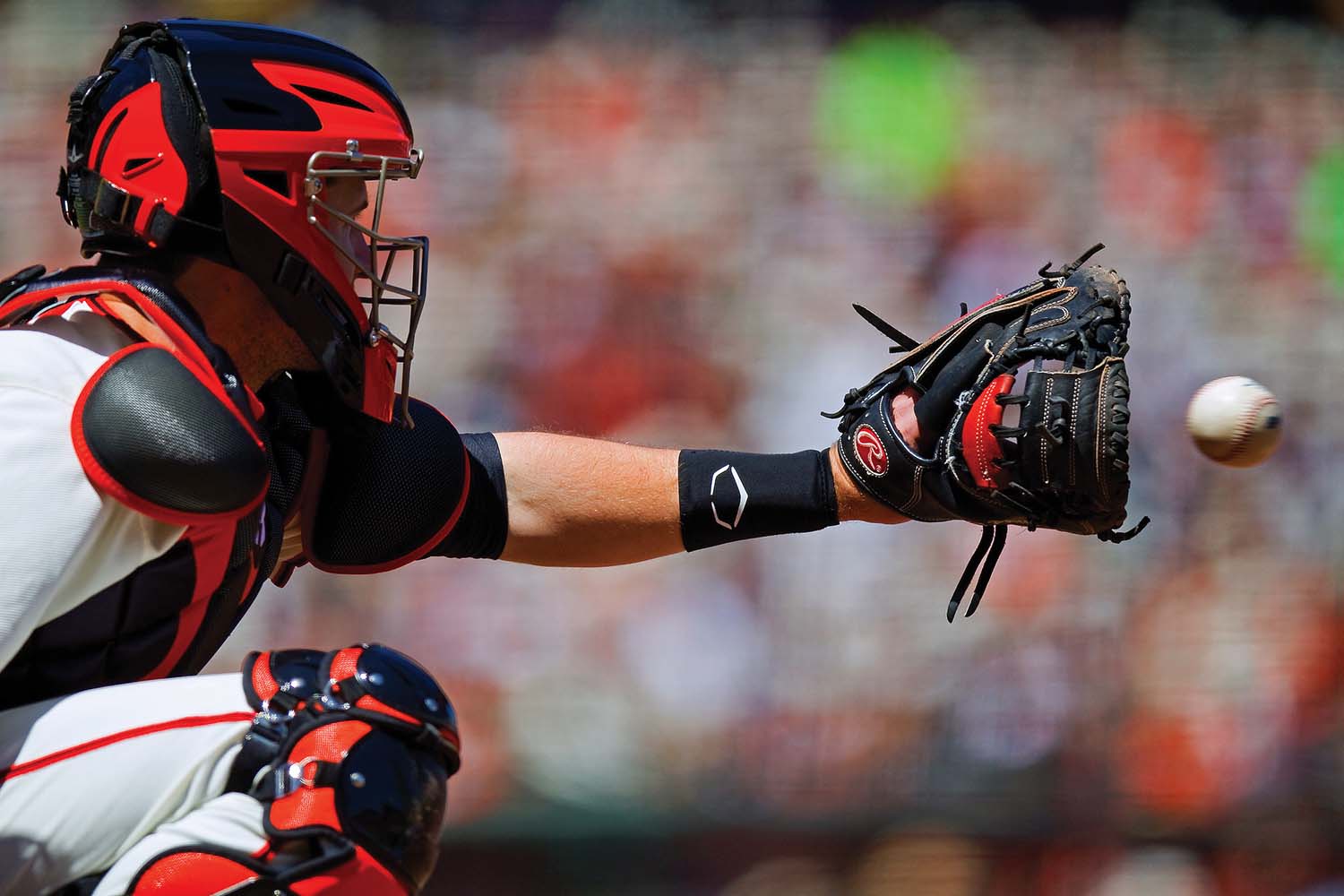
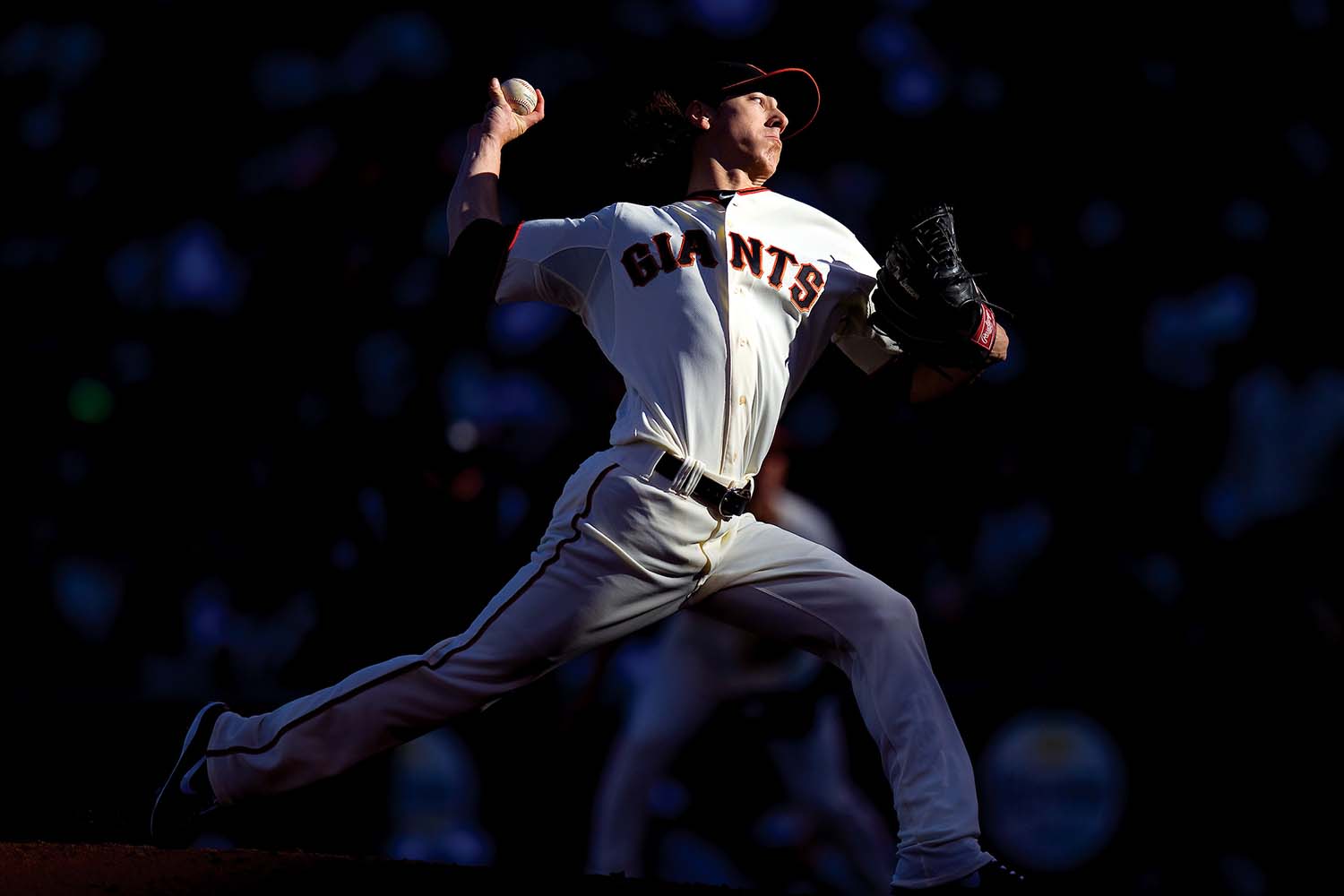
When you are not photographing baseball you are covering golf events. What are the biggest differences as a photographer?
I spent two years photographing eight professional golf events for the PGA Tour with my iPhone for their social media channels. That was so much fun! I started shooting baseball with my iPhone to share on my Instagram account in 2012 and had so much success with it that Sports Illustrated published 18 of them across six pages. In 2013 I published a book called “Instant Baseball’ and I became known as the iPhone sports guy. Being able to take my iPhone to the PGA Tour in 2016 was a dream assignment. The photo boss there who hired me, Caryn Levy, gave me free reign to look for pictures around the course and behind the scenes. Shooting with my iPhone from sun up to sun down, over the many days that a tournament ran, gave me the time to document the week in a very unique way. I shot lots of tight details and wide painterly pictures. Some worked best in color and others I converted to black and white. The final event I shot for the PGA Tour was the President’s Cup in Jersey City, New Jersey in 2017. This was such a fun and unique challenge as we set out to utilize the brand-new Portrait Lighting Mode of the new (at the time) iPhone 8 Plus. The idea was to build a special gallery on the PGA Tourwebsite called “Portraits of the President’s Cup”. For this, I photographed over 100 people around the golf course and at the team hotel during the week. I shot portraits of players, wives and girlfriends, fans, security guards, former Presidents of the United States (Bill Clinton, George W. Bush, Barack Obama), and more.
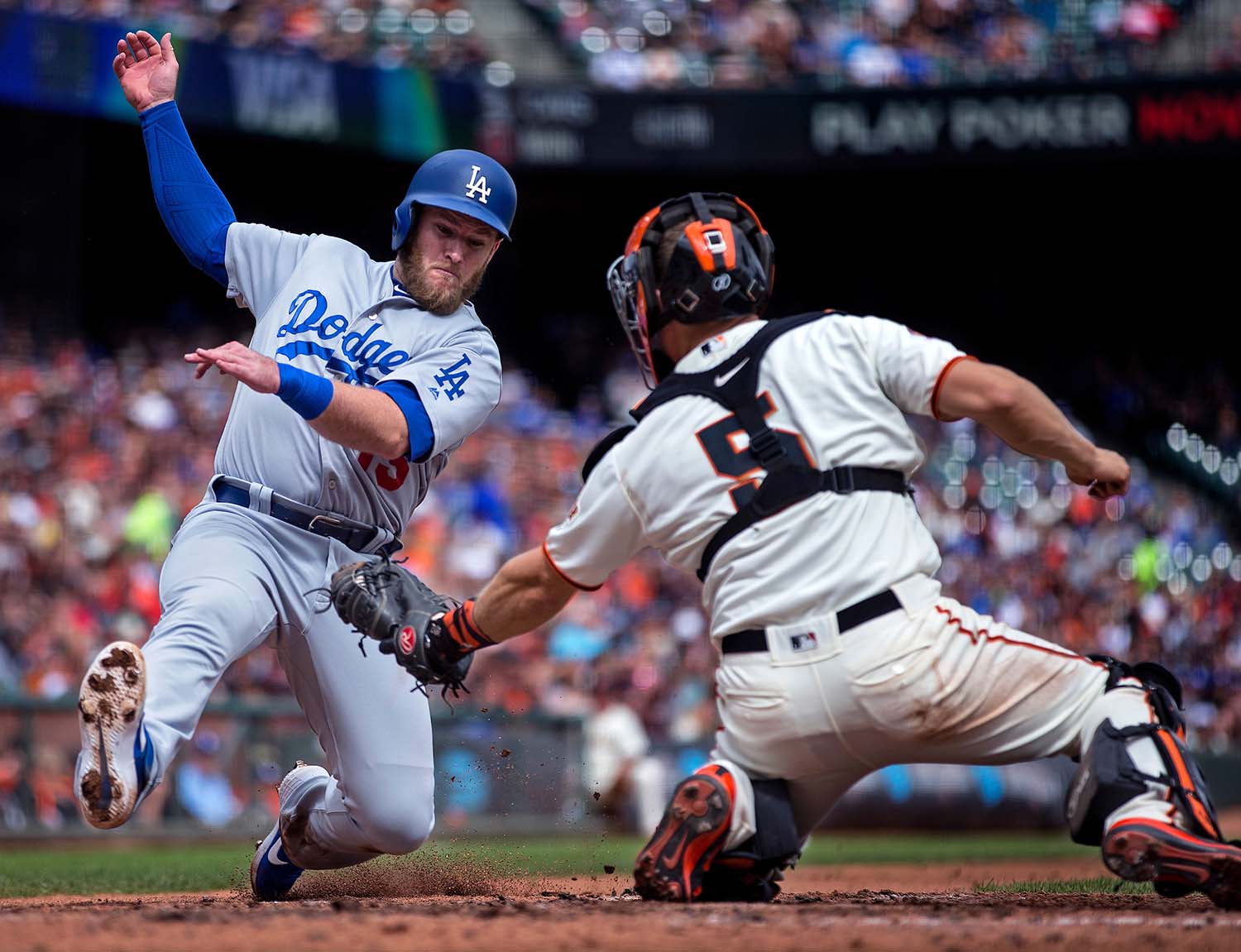
You also photographed the 1996 Summer Olympic Games in Atlanta, what are memories from being a photographer there?
Oh man 1996 seems like so long ago! I was working with a team from a long-ago sports photo agency called DUOMO based out of New York City. We had a crew of about a dozen or so photographers and editors working every day out of an office in the Main Press Center (MPC) in downtown Atlanta. Because this was so long ago most everyone still shot film. We shot chrome whenever we could. Kodak was onsite at the MPC and would process all the film for free and give you replacement film. At events, Kodak had motorcycle messengers that would take your film (in labeled bags or envelopes) back to the MPC for processing. We were not on newspaper or wire service deadlines. Most of our clients were more commercial like Nike and Oakley and needed the quality of color slide film. Of course at night and indoor events at dark arenas we had to shoot color negative film. But at some big indoor events like gymnastics, many photographers would shoot from the floor with 200mm 2.0 lenses and push chrome to get the best quality from one of the marquee events of the Games. We were lucky and had our own cars with parking passes and had great housing within walking distance of the MPC. Because of our cars and the venues close by I never had to ride a bus. I was the new, young, inexperienced guy working with a crew of insanely talented shooters - all of whom had shot multiple Olympic Games. They were responsible for the marquee events like swimming, track and field, and gymnastics, etc. I was like a utility guy and was assigned to shoot various sports every day and got a good taste of everything. I shot baseball, basketball, fencing, wrestling, beach volleyball, track and field, gymnastics, dressage, diving, archery, and probably a few more things I have forgotten. The bomb went off late on a Friday night in the Olympic Park close to our housing and shook our building. I had just walked through the park about an hour earlier on the way home from a USA men's basketball game at the OMNI. It was really freaky. I remember being afraid on Saturday to go and shoot beach volleyball. I thought more bombs were coming.
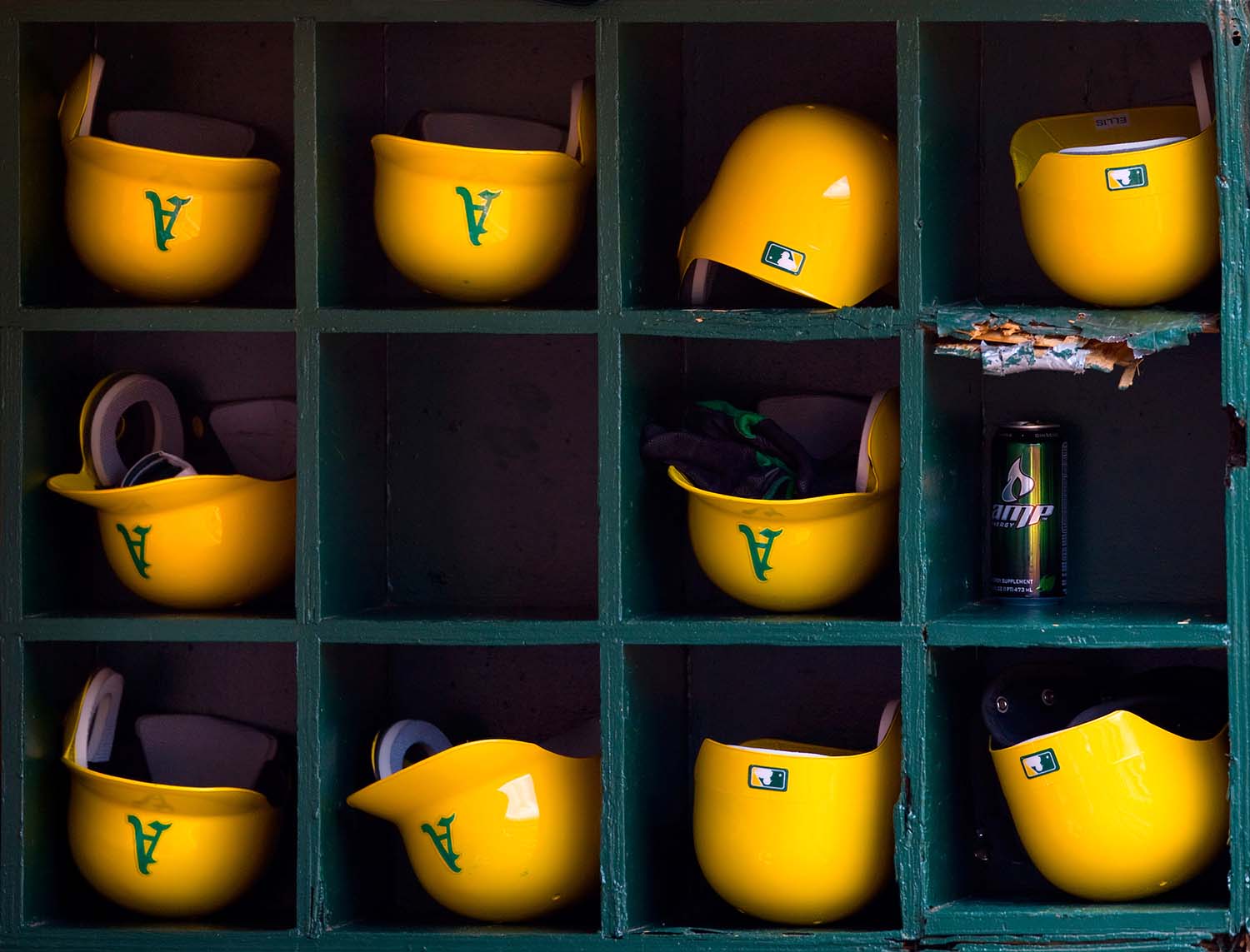
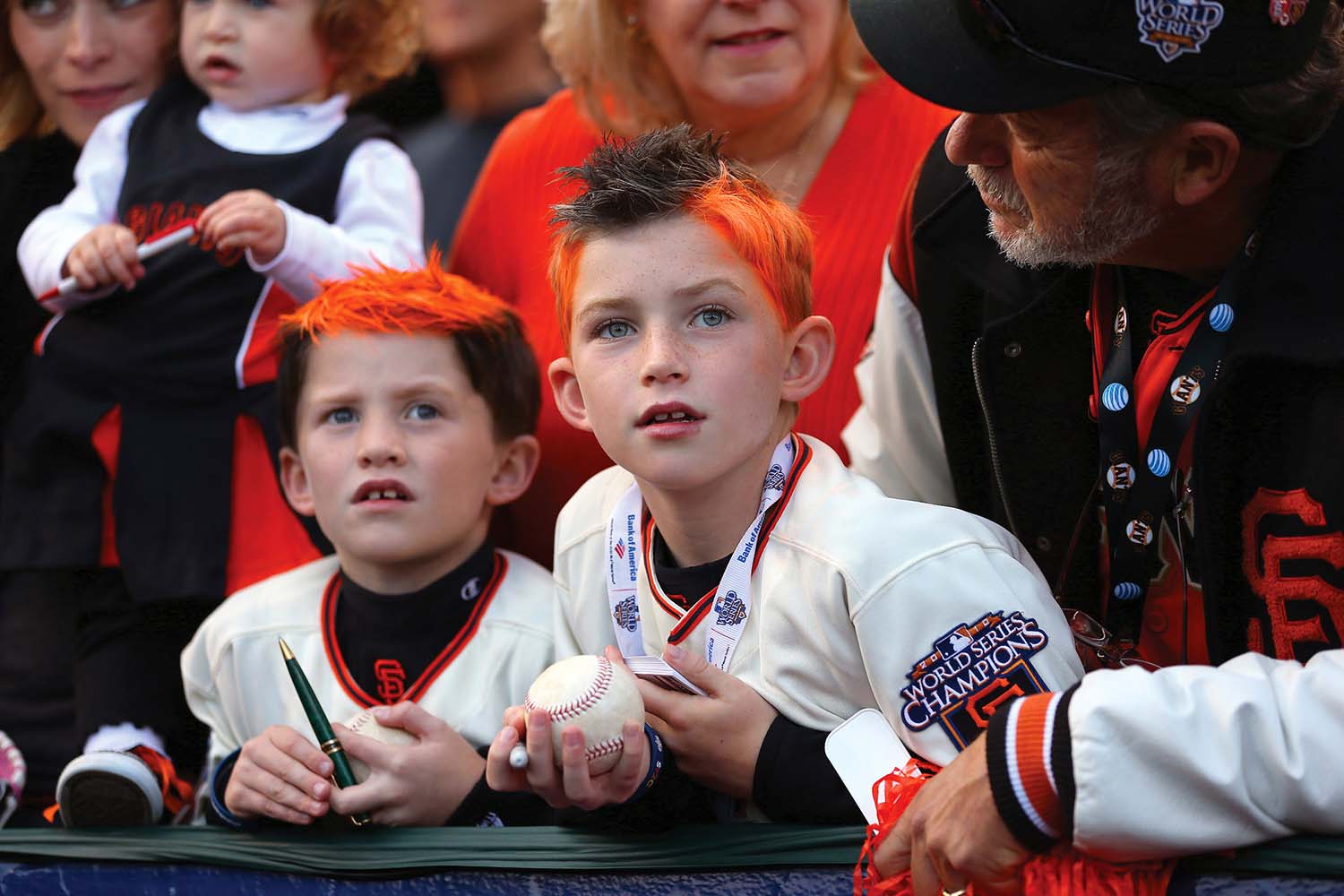
You have a special selection of Faces in the Game in your website, are you 360 degrees alert while photographing an event? What is the secret to not miss them?
There are many moments of downtime when you shoot a baseball game, so there are always opportunities to look into the dugouts before and during games for candid portraits of players. I used to get some really nice stuff during batting practice before games, but nowadays all of the parks have nice indoor batting cages and teams don’t take BP (batting practice) out on the field anymore - especially before day games. This is a huge bummer as BP is always a great time to get the players when they are loose, goofing around, and laughing with their teammates. Also, some guys simply have better faces and are more photogenic than others. These are the ballplayers you like to focus on when they come to town. Many teams only visit your area once a season, so it is important to take advantage of these rare opportunities. There is nothing like looking into the eyes of a subject in a photograph. They draw you in and really make you look. In recent years I have turned much of my attention to shooting wide angle candids of guys goofing around in the dugout right before game time. The Oakland Coliseum where the A’s (Oakland Athletic team) play is the only park in baseball with no fence in front of the dugout, so I can sit on the dugout steps before the game, talk to the players, and get some really fun stuff. Often the best pictures I get are before a game.
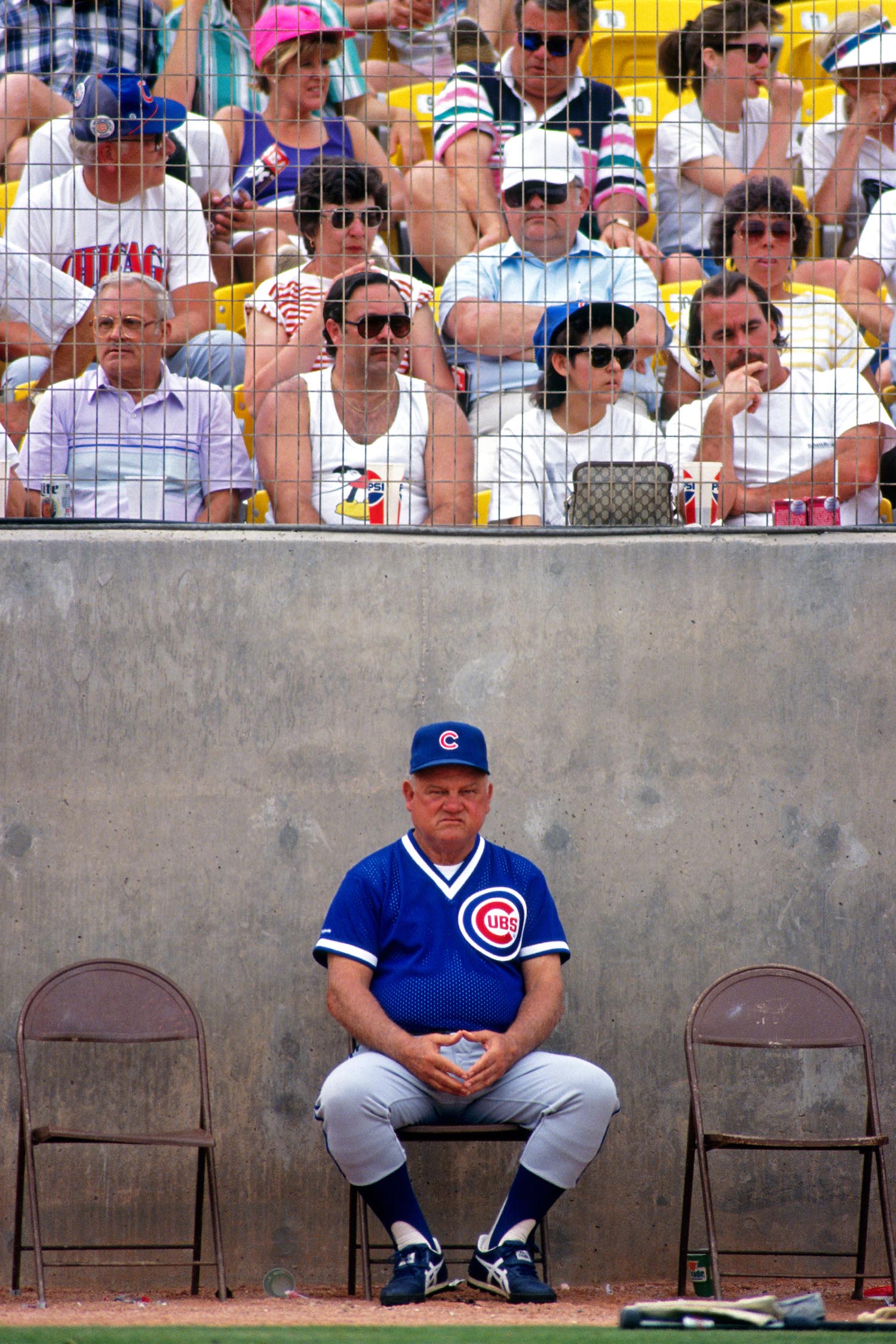
Speaking at workshops, colleges, and other venues is one of your passions. Can you tell us more about it?
When I was in college studying photojournalism at San Jose State University we were very fortunate to have regular incredibly talented photographers come and speak to us and show their work. I will never forget how helpful that was to my friends and I, and I always thought that would be fun to do if I ever became a professional. Luckily I don’t get too nervous speaking in front of groups of people - as long as it is about something I know about and am passionate about like photography. Over the years, as I shot more and more assignments and built up a decent set of pictures, I had friends who were teaching photojournalism inviting me to speak to their classes. I really enjoyed meeting and speaking with the students, and working on the presentations made me take regular critical looks at my work as I put my presentations together. Of course back in the 1990’s my shows were all slides in Kodak Carousel trays. I had to have either original slides, dupes, or copy slides of tear sheets. It was very time consuming putting together a show compared to today’s digital age!
Now with digital, I can customize my shows depending on the audience so quickly and easily. Sometimes I have exhibitions on iPhone photography and sometimes I have presentations on only my baseball work. Lately, my real passion project is a long-term project on the history of baseball photography, that has been exhibited at the National Baseball Hall of Fame and Museum in Cooperstown, New York and the Canon Learning Centers in San Francisco and Los Angeles. This extensive collection contains the incredible work of over 100 baseball photographers from all over the United States, going back to the 1880’s.

